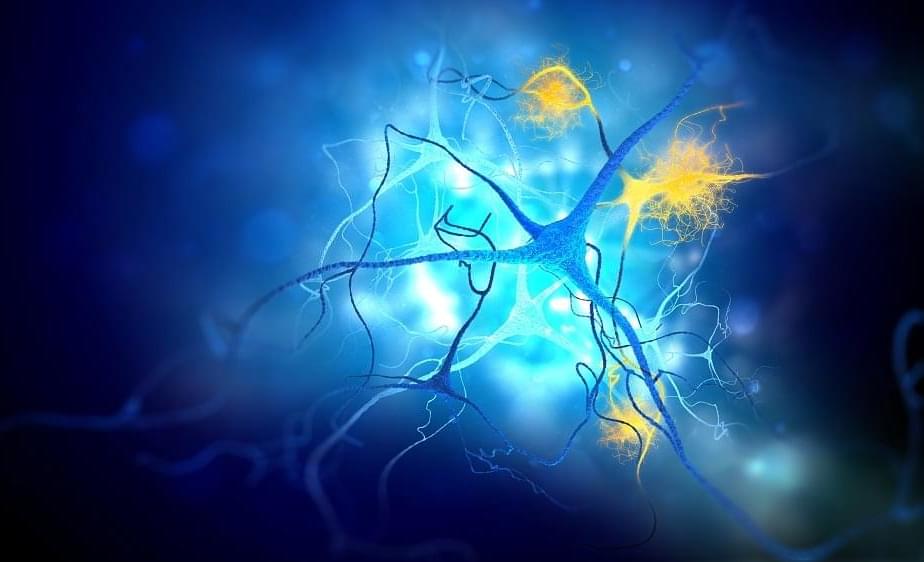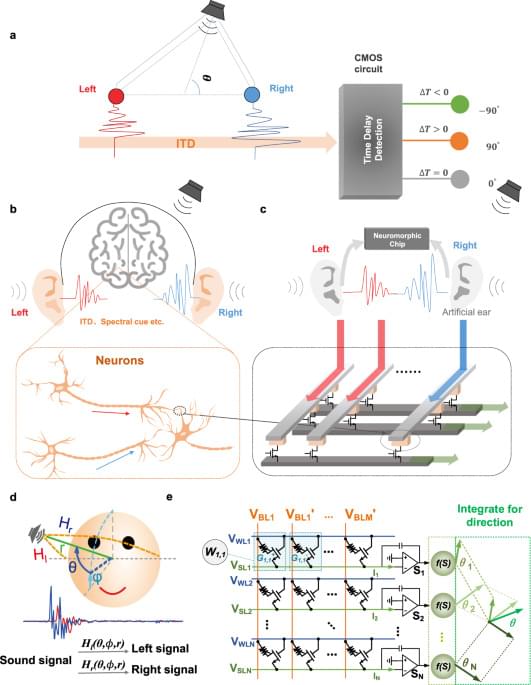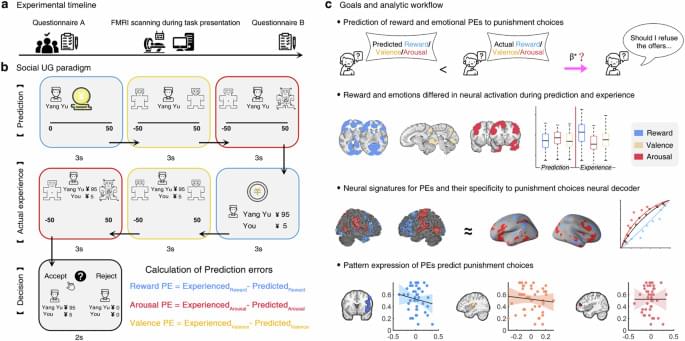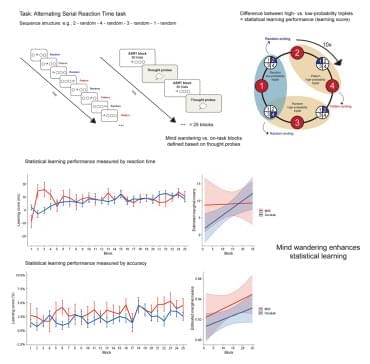Founded by crypto guru Jed McCaleb, Vast Space will run two missions to the International Space Station and aims to launch its first space station, Haven-1, by the end of 2025.
Blue Ghost, a lunar lander carrying 10 NASA
NASA, the National Aeronautics and Space Administration, is the United States government agency responsible for the nation’s civilian space program and for aeronautics and aerospace research. Established in 1958 by the National Aeronautics and Space Act, NASA has led the U.S. in space exploration efforts, including the Apollo moon-landing missions, the Skylab space station, and the Space Shuttle program.
Researchers have found that kinesin family member 9 (KIF9), a protein that diminishes with aging, is instrumental in allowing cells to consume harmful proteins and fights Alzheimer’s in a mouse model.
Consuming amyloids before they become a problem.
Get a Wonderful Person Tee: https://teespring.com/stores/whatdamath.
More cool designs are on Amazon: https://amzn.to/3QFIrFX
Alternatively, PayPal donations can be sent here: http://paypal.me/whatdamath.
Hello and welcome! My name is Anton and in this video, we will talk about an intriguing experiment that created endosymbiosis.
Links:
https://www.nature.com/articles/s41586-024-08010-x.
https://pmc.ncbi.nlm.nih.gov/articles/PMC9040847/
Previous videos: https://youtu.be/GkuAzdS-VwA
#symbiosis #biology #life.
0:00 Endosymbiosis in a nutshell.
1:50 Examples.
3:00 Fungal endosymbiosis.
5:35 Questions that need answering.
6:10 Incredible new experiment.
6:48 What fungus was used.
8:00 What the experiment was trying to do.
9:30 Successful union and reproduction.
11:15 Major discoveries 13:00 Conclusions.
Support this channel on Patreon to help me make this a full time job:
A look at the enduring relevance.of Invasion of the Body Snatchers.
https://buymeacoffee.com/cinemollusk.
Review/analysis references the following material:
Invasion of the Body Snatchers (Philip Kaufman, 1978)
Invasion of the Body Snatchers (Don Siegel, 1956)
The Invasion (Oliver Hirschbiegel / James McTeigue, 2007)
Body Snatchers (Abel Ferrara, 1993)
Little Joe (Jessica Hausner, 2019)
The Trap (Adam Curtis, 2007)
Paracelsus (G.W. Pabst, 1943)
Day of Wrath (Carl Dreyer, 1943)
The Devils (Ken Russell, 1971)
Triumph of the Will (Leni Riefenstahl, 1935)
A Clockwork Orange (Stanley Kubrick, 1971)
The Day the Earth Stood Still (Robert Wise, 1951)
Childhood’s End (Arthur C. Clarke, 1953)
For entertainment and educational purposes only.
As artificial intelligence models become increasingly advanced, electronics engineers have been trying to develop new hardware that is better suited for running these models, while also limiting power-consumption and boosting the speed at which they process data. Some of the most promising solutions designed to meet the needs of machine learning algorithms are platforms based on memristors.
Memristors, or memory resistors, are electrical components that can retain their resistance even in the absence of electrical power, adjusting their resistance based on the electrical charge passing through them. This means that they can simultaneously support both the storage and processing of information, which could be advantageous for running machine learning algorithms.
Memristor-based devices could be used to develop more compact and energy-efficient hardware for running AI models, including emerging distributed computing solutions referred to as edge computing systems. Despite their advantages, many existing memristor-based platforms have been found to have notable limitations, adversely impacting their reliability and endurance.
Sound localization is one of the many learning tasks accomplished by the brain based on the binaural signals of the ears. Here, Wu et al demonstrate in-situ learning of sound localization function using a memristor array, with dramatic improvements in energy efficiency.
Xanadu developed Aurora, a universal photonic quantum computer with a modular architecture of interconnected server racks for scalability.
Reward and emotional evaluations interact to guide decisions regarding the punishment of a social norm-violating proposer, with these processes being mediated by distinct neurofunctional computation.
The human brain spends 30–50% of its waking hours engaged in mind-wandering (MW), a common phenomenon in which individuals either spontaneously or deliberately shift their attention away from external tasks to task-unrelated internal thoughts. Despite the significant amount of time dedicated to MW, its underlying reasons remain unexplained. Our pre-registered study investigates the potential adaptive aspects of MW, particularly its role in predictive processes measured by statistical learning. We simultaneously assessed visuomotor task performance as well as the capability to extract probabilistic information from the environment while assessing task focus (on-task vs. MW). We found that MW was associated with enhanced extraction of hidden, but predictable patterns.









